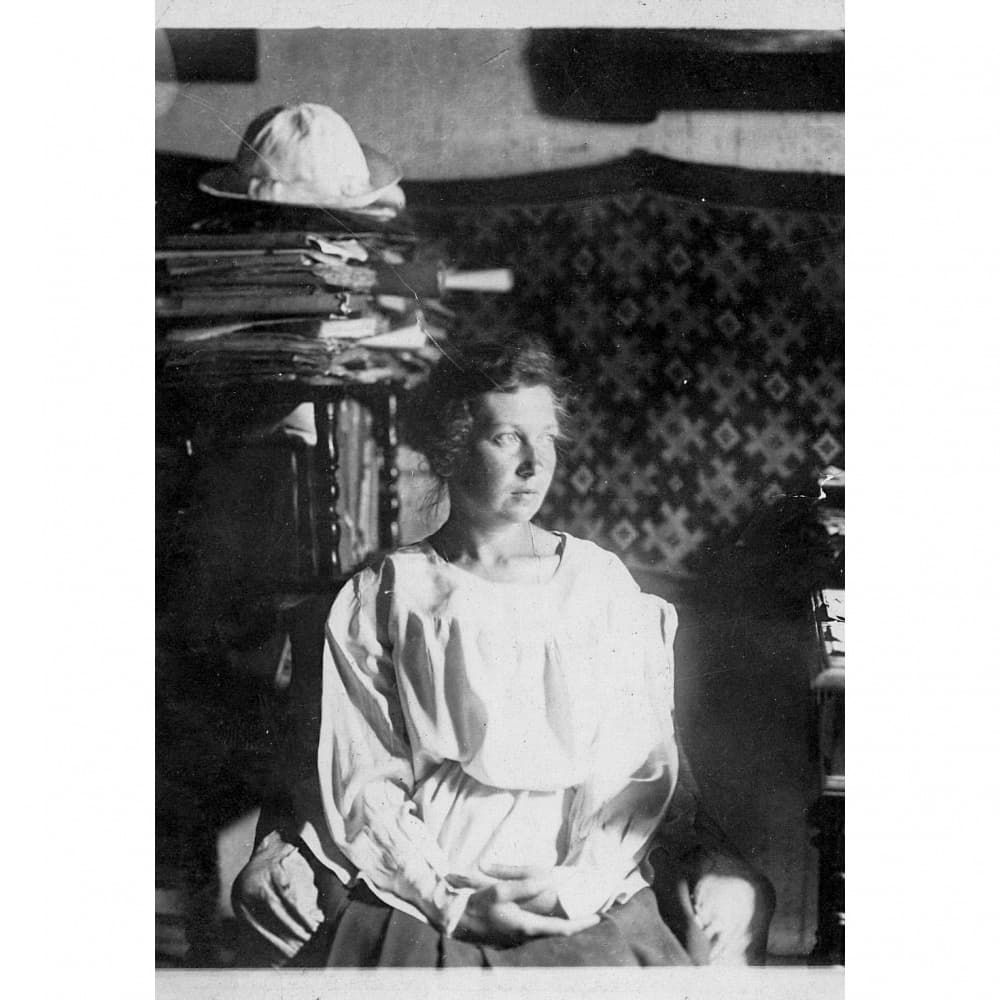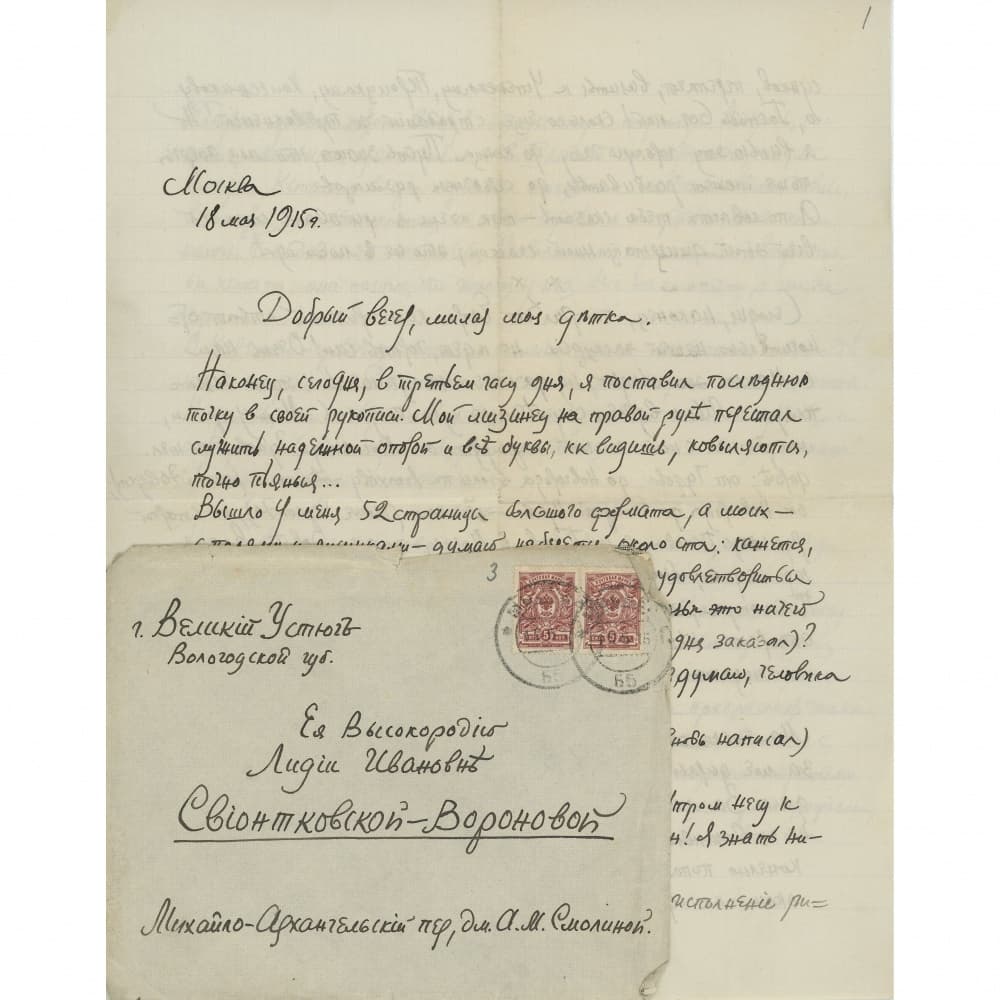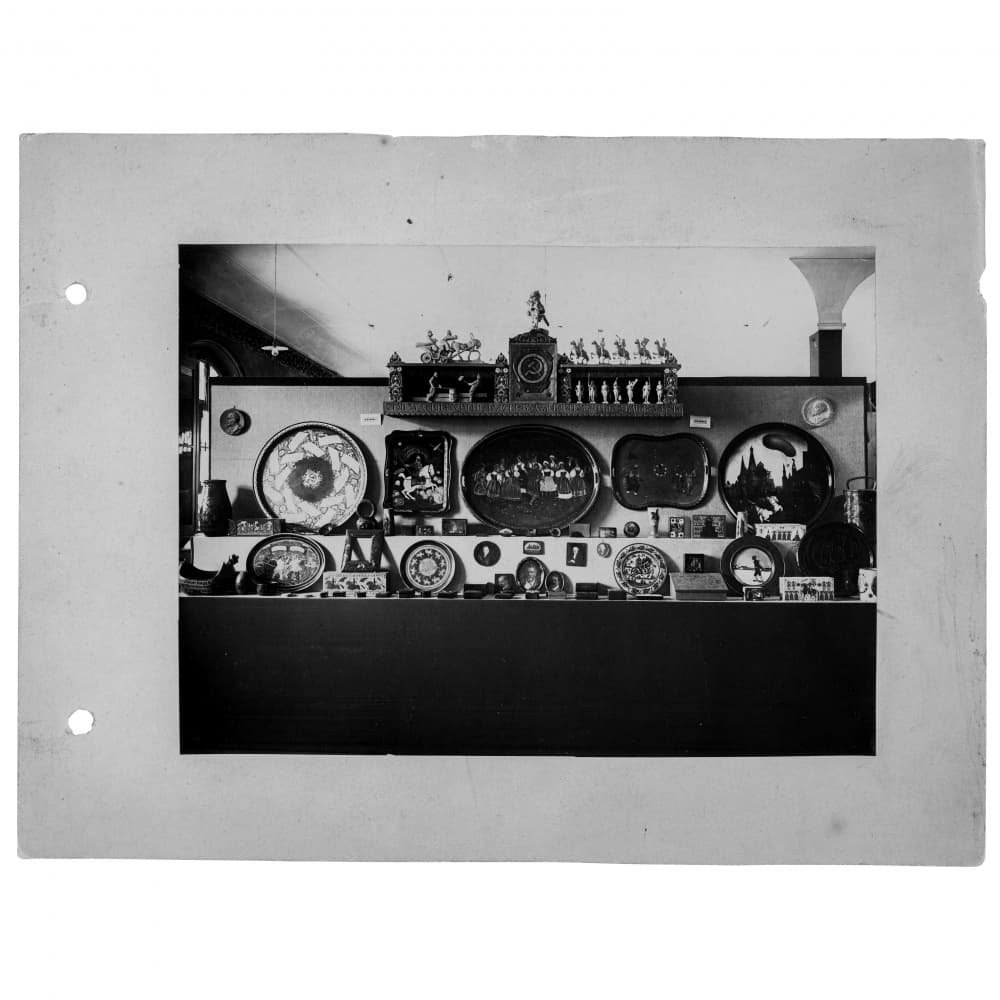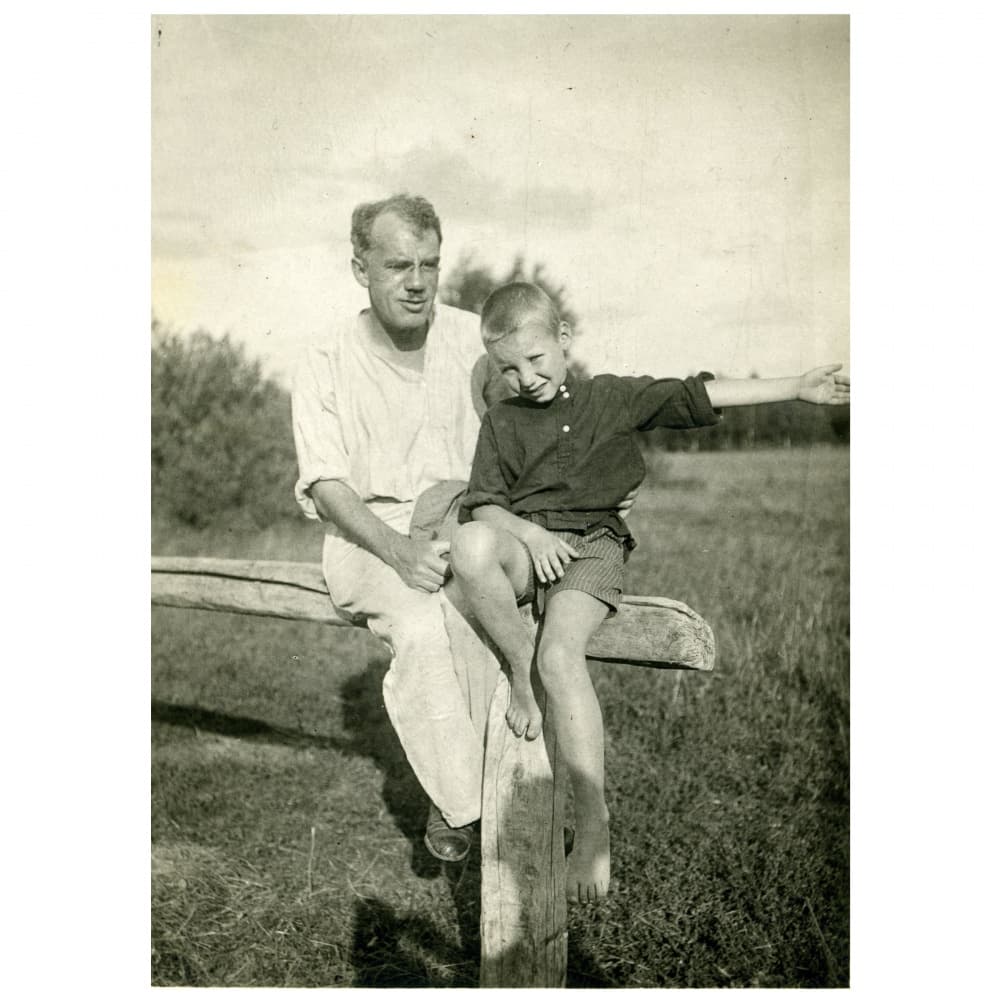In 1936 he became the head of the Museum of Folk Art. He is the author of the book "Peasant Art" (1924), his dissertation work on Russian distaff, and a scientific catalog on distaff boards from the collections of the Historical Museum. In 1930 Voronov participated in the South Urals expedition to search for historical artifacts and documents. At the Museum of Folk Art Vasily Sergeevich creates a new exposition and takes part in the preparation of the book about arts and crafts.
The collection contains manuscripts of articles by Vasily Sergeyevich in periodicals of 1920-30th years, documents of scientific activity, materials of teaching activity, expeditions to the Arkhangelsk region along the Pinega river and to the Vologda region (Verkhovazhsky and Velsky areas), personal letters, photos, graphic materials.
Lidia Ivanovna Sviankovskaya-Voronova (1887 – 1972) was a research associate of the State Rumyantsev Museum (1918 – 1922) and the State Russian Museum (Textile Department).
Since 1950 she was a research associate of the textile laboratory of the Research Institute of Fine Arts. Author of books: "Bone Carving" and "Carved Bone from the Collection of P.I. Shchukin", as well as numerous scientific articles on the subjects of arts and crafts and folk art - "Russian folk embroidery", "Russian folk lace", "Embroidery tambour", "Gold embroidery craft in Torzhok", "Artistic hand weaving, "Carpet weaving", "Embroidery of the Ivanovo region", "Embroidery of the Vladimir region", "Lace of the Kirishi region", "Ornament of the Bashkir people in weaving and embroidery", "Mstera white embroidery", "Tatar and Karaim domestic art".









